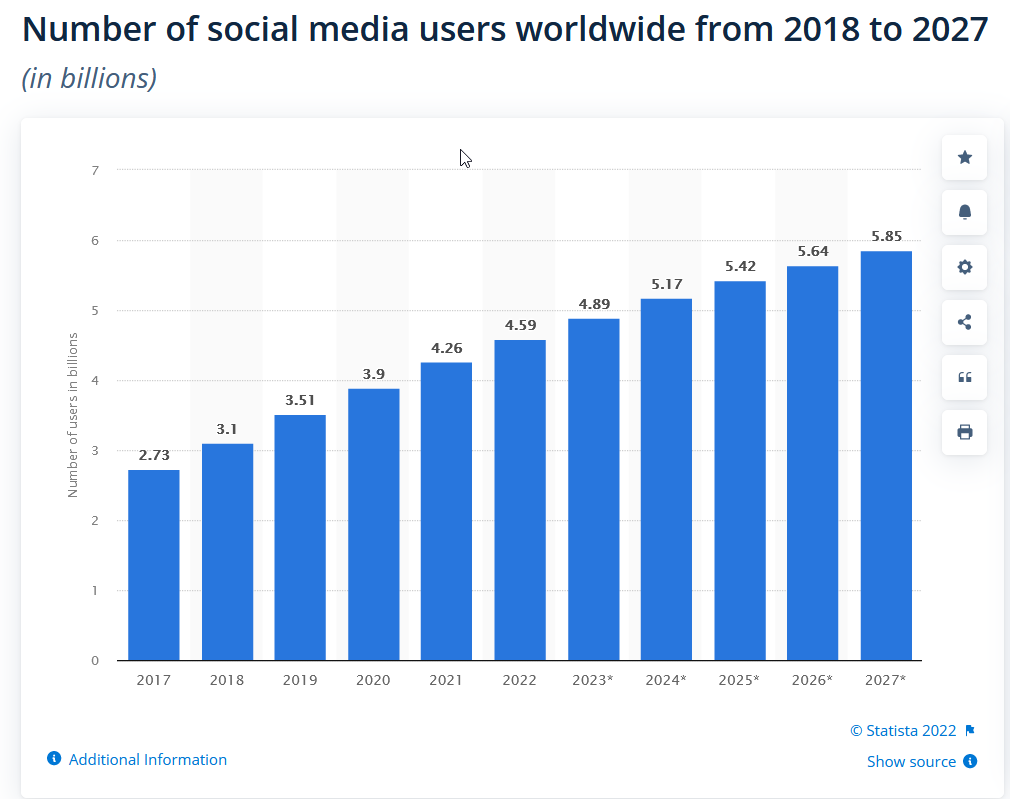If you’re looking to create an effective Instagram advertising plan, there are a few things you need to keep in mind. So let’s try to know How to Create an Effective Instagram Advertising Plan.
Instagram which has now been purchased by Facebook, is one of the most popular Social Media Platform today.
It is especially very popular amongst the younger generation, so an ideal platform to promote products meant for this target audience.
First, make sure you understand how Instagram advertising works, and then decide on your target audience.
Once you’ve done that, create targeted ad campaigns that will reach your desired audience. Finally, analyze your results and make changes as needed
Hereunder we write a step by step process on How to Create an Effective Instagram Advertisment Plan
1. What is Instagram Advertising?
Instagram advertising is a form of advertising that uses the Instagram app to deliver advertising to users.
Instagram advertising can be used to promote a product or service, or to generate awareness for a brand. It is a great way to reach a large audience with your message and at least cost.
2. How Do I Create an Instagram Advertising Plan?
Creating an Instagram advertising plan can seem daunting, but it doesn’t have to be.
Here are a few tips to help you get started:
- Know your Goals: What do you want to achieve with your Instagram ads? Do you want to increase brand awareness, drive website traffic, or generate leads? Knowing your goals will help you determine the right type of ad to create and the right target audience to reach.
- Determine your Budget: How much are you willing to spend on Instagram ads? This will help determine the reach and frequency of your ads.
- Create your Ad: There are a number of different types of Instagram ads, so you’ll need to decide which one is best for you. You can create a photo ad, a video ad, a carousel ad, or a story ad.
- Choose your Target Audience: Once you know your goals and what type of ad you want to create, you’ll need to decide who you want to reach with your ad. You can target people based on their age, gender, location, interests, and more
- Test and Measure: Always test your ads to see how they’re performing. Measure the results to see if your ads are achieving your desired results. If not, make changes to your ad and target audience until you do.
3. What Types of Ads Can I Create on Instagram?
There are a few different types of ads that you can create on Instagram. The first is a photo ad, which is a regular photo that has been turned into an ad.
You can also create a video ad, which is a video that has been turned into an ad. Carousel ads are another type of ad that you can create.
They are a series of photos or videos that people can scroll through. You can also create a story ad, which is an ad that is shown as a story on Instagram.
4. What Are the Benefits of Instagram Advertising?
There are many benefits to using Instagram advertising. Some of the main benefits include reaching a large audience, increased brand awareness, and increased sales.
Reaching a large audience is one of the main benefits of using Instagram advertising. Instagram has over 800 million users, and over half of those users are active on a daily basis. This means that your ad will reach a large number of people.
Increased brand awareness is another benefit of using Instagram advertising. When you run an ad, Instagram will place it in the newsfeeds of people who follow your company. This will help to increase awareness of your brand and products.
Increased sales is another benefit of using Instagram advertising. When you run an ad, you can include a link to your website or to a product page. This will allow people to purchase your products or services directly from Instagram.
5. How Much Does Instagram Advertising Cost?
Instagram advertising can be a great way to reach a large number of people quickly and easily. However, it can also be expensive. So, how much does Instagram advertising cost?
The cost of Instagram advertising varies depending on a number of factors, including the size of your audience, the type of ad you want to run, and the competition for ad space.
Generally speaking, though, Instagram advertising costs anywhere from $5 to $10 per thousand impressions (CPM).
If you’re looking to reach a large number of people, Instagram advertising can be a great option. Just be prepared to pay for the privilege.
How Do I Measure the Success of My Instagram Advertising Campaign?
There are a few ways to measure the success of your Instagram advertising campaign. One way is to look at the number of website visits you generated from your ads.
You can also look at how much revenue you generated from your ads. Additionally, you can look at how many followers you gained from your ads.
By following these tips, you can create an effective Instagram advertising plan that will help you reach your target audience and achieve your desired results.
So as to create an Instagram Advertisement Campaign, try to use the services of a Good Social Media Marketing Agency
